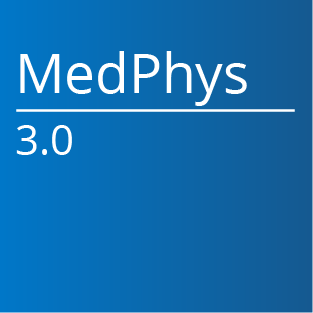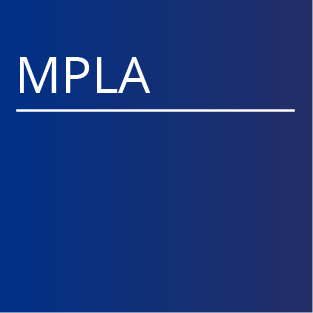AAPM has contracted with NCRP to provide each AAPM Member in good standing access and download privileges of electronically available NCRP reports, commentaries and statements. This report was prepared by the National Council on Radiation Protection and Measurements (NCRP). The Council strives to provide accurate, complete and useful information in its reports. However, neither the NCRP, the members of NCRP, other persons contributing to or assisting in the preparation of this report, nor any person acting on the behalf of any of these parties (a) makes any warranty or representation, express or implied, with respect to the accuracy, completeness or usefulness of the information contained in this report, or that the use of any information, method or process disclosed in this report may not infringe on privately owned rights; or (b) assumes any liability with respect to the use of, or for damages resulting from the use of, any information, method or process disclosed in this report.
 |
Report No. 075 - Iodine-129: Evaluation of Releases from Nuclear Power Generation (1983) Price: $35 PDF (AAPM Members FREE) Category: Reports Considerable attention has been given to I-129 because of the potential for long-term accumulation in the environment from prolonged low-level releases from the nuclear industry, principally from facilities concerned with the separation and processing of irradiated fuels and storage of wastes. Currently, the reprocessing of spent nuclear fuels is very limited, but is likely to increase in the future. If retrievable storage is the means chosen for handling spent fuel elements, I-129 will remain potentially available for release to the environment whenever reprocessing occurs, because of its slow rate of physical decay. If, on the other hand, spent nuclear fuels remain unprocessed in a permanent disposal site, then releases of I-129 to the environment from U.S. facilities described herein will be insignificant compared to the estimates given in this Report. The extent to which I-129 could be released to the accessible environment from a permanent disposal site will be determined by the design of the repository, and by conditions in the environs. The details of potential long term releases of I-129 from such repositories is beyond the scope of this Report. However, the U.S. Environmental Protection Agency, in proposing standards for the disposal of spent fuel, high level and transuranic radioactive wastes, indicated that the total I-129 in their model repository would be a fraction of their calculated allowable release limit (U.S. Environmental Protection Agency, 1982), i.e., the I-129 is not controlling on the design of the repository. Scientific Committee: Leo K. Bustad, Chairman (1973-1981) Steven A. Book R. John Garner Joseph K. Soldat Fred P. Brauer, Consultant Leo L. Burger, Consultant |



















